Snow-covered trails and frosty breath: for a canine companion built for the elements, winter isn’t just a season—it’s a playground.
Recent research shows that dogs with dense double coats, paired with proper body condition, can tolerate outdoor temperatures dipping as low as 20 °F more safely than breeds without those traits.
Yet despite the chill, it’s not simply about survival—it’s about flourishing. When the flakes fall, some dogs’ metabolisms kick into high gear, fueling bold outdoor adventures under grey skies and glistening snowfields.
In this article, we’ll explore beautiful breeds that don’t just endure winter; they embrace it. From powerful pulls through powder to cozy evenings by the hearth, these strong dogs live where the air bites crisp and clear.
If you’re dreaming of bundled walks, snowbound frolics, and a pup who relishes the cold as much as you do, read on—because winter is calling.
Hardy Dog Breeds Perfect for a Snowy Lifestyle
1. Siberian Husky
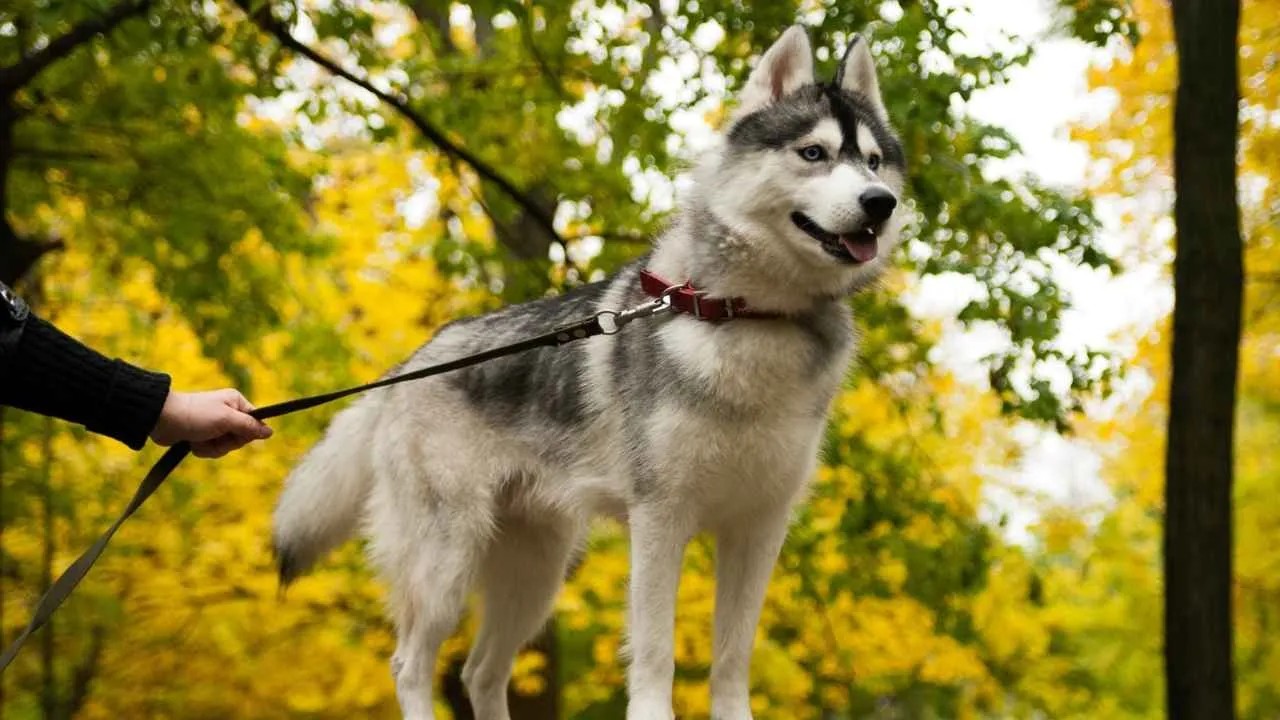
The Siberian Husky is shaped by winter itself, built with a dense double coat, snow-gripping paws, and an energy level that thrives when temperatures drop. Their almond blue eyes reduce glare from bright snow, and their famously expressive tails wrap around their faces for natural insulation during rest.
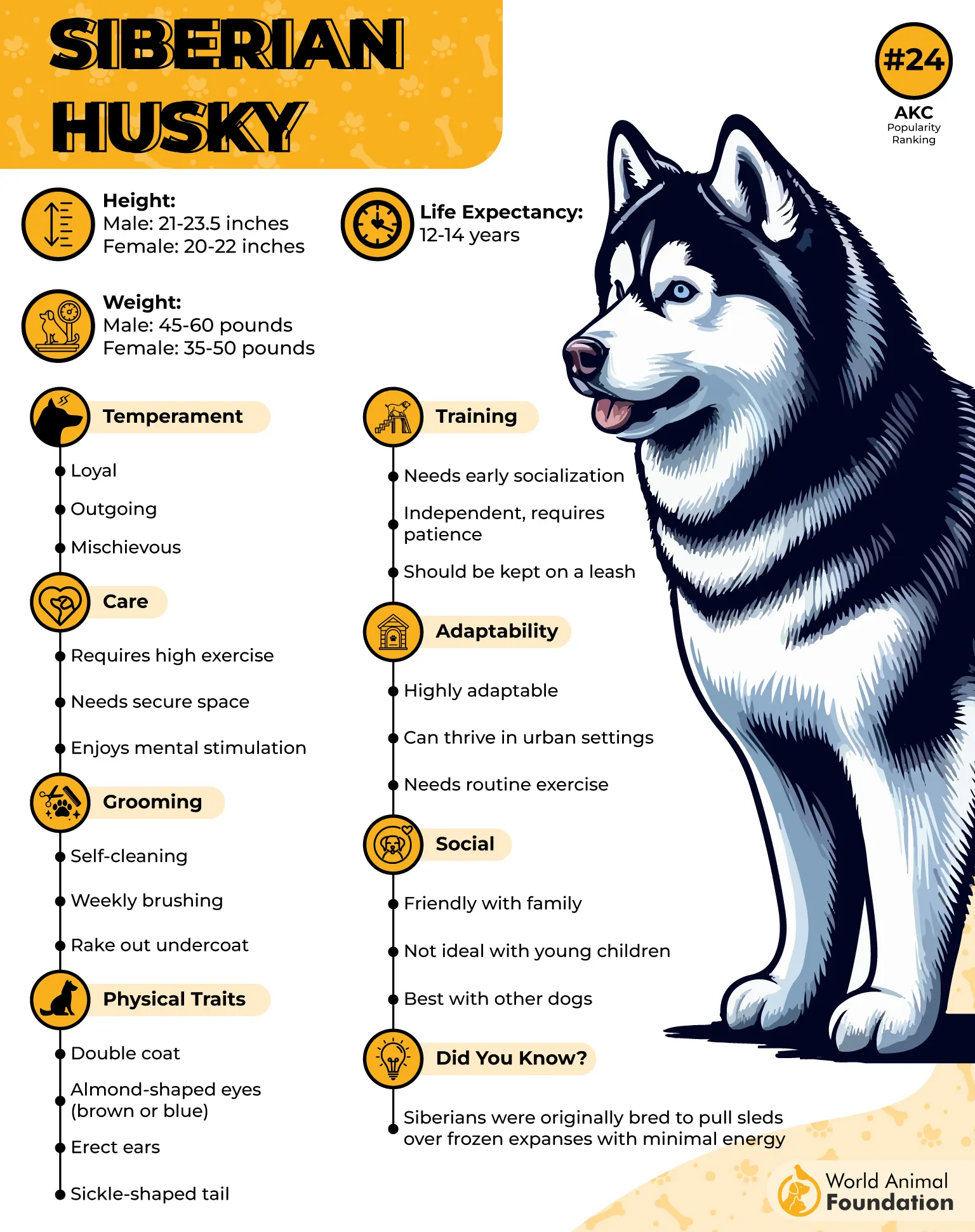
Bred in the icy regions of northeastern Asia, the Husky’s light frame and remarkable endurance once powered sled teams across frozen terrain. These dogs developed the ability to conserve energy efficiently, allowing them to travel long distances in brutal conditions.
Snowy-Weather Strengths in Daily Life
• Efficient movement through deep snow
• Strong outdoor stamina in subzero climates
• High enthusiasm for winter play and running
• Natural warmth retention even in strong winds
Care Requirements for Freezing Climates
• Regular coat maintenance to prevent matting
• Paw checks for compacted ice
• Ample hydration during long winter activities
• Secure fencing since Huskies can roam far

If you live an active, cold-weather lifestyle, this breed syncs perfectly with vigorous routines like winter hiking, skijoring, and long snowy treks. They require movement and mental engagement that match their heritage.
Few first-time owners expect how vocal and opinionated a Husky can be, which only adds to their charm. Their cleverness allows them to solve winter obstacles, and their mischievous streak brings entertainment to every snow-filled day.
2. Alaskan Malamute
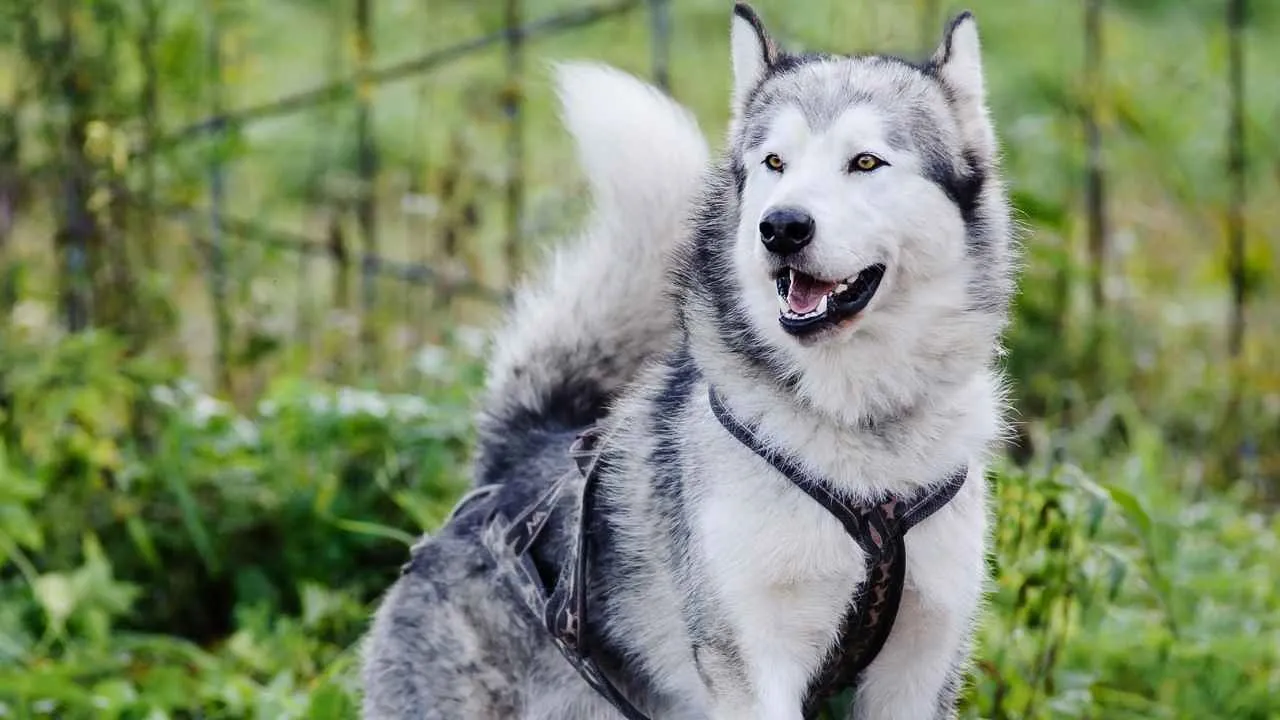
The Alaskan Malamute embodies raw winter strength, carrying a powerful frame supported by a thick, coarse topcoat and an insulating underlayer. AKC explains that their muscular build and broad paws spread weight across powdery terrain, making them naturally capable of hauling heavy loads through snow.
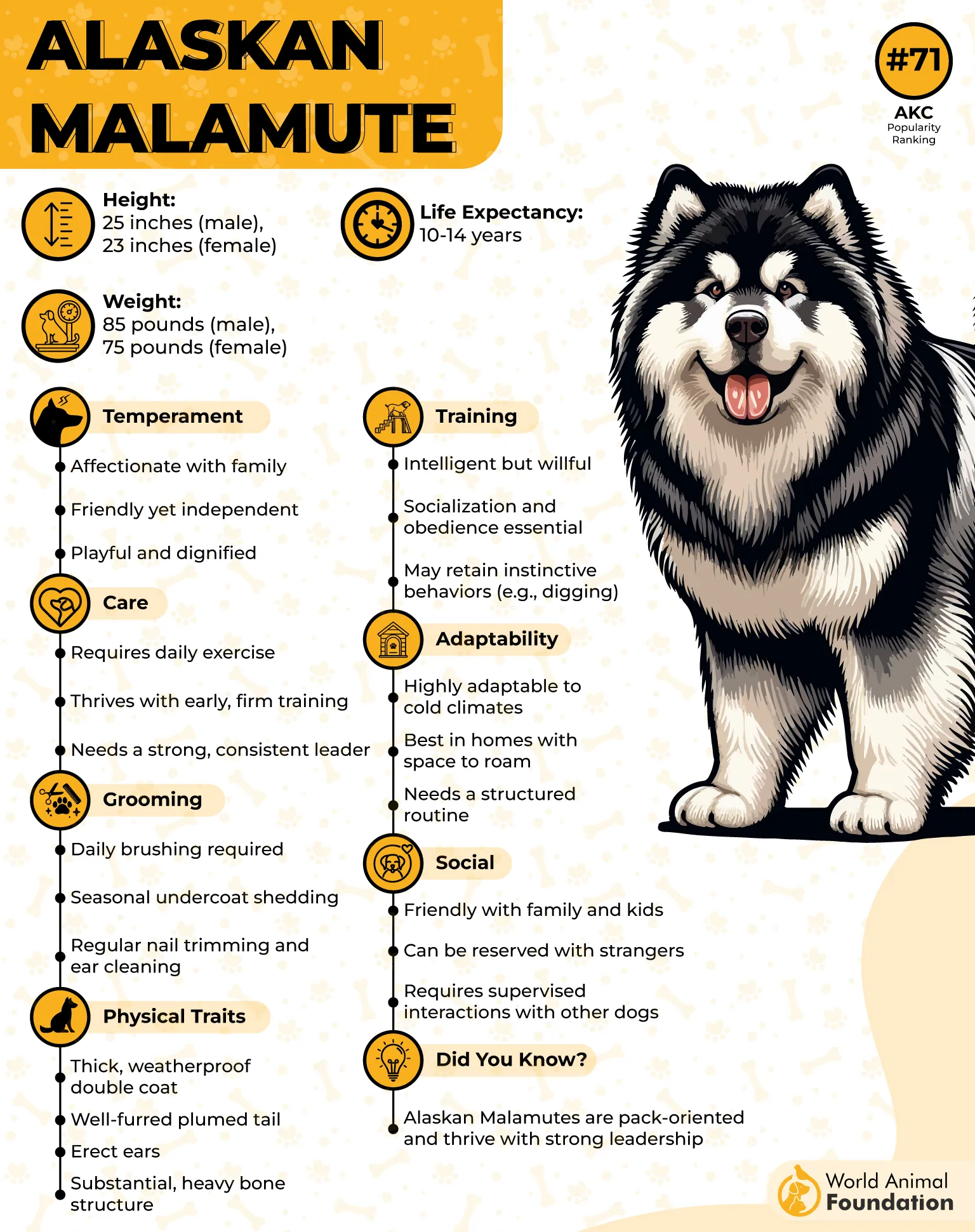
Long ago, Arctic communities relied on Malamutes for transport, hunting assistance, and survival in unforgiving temperatures. These dogs played essential roles in hauling gear, helping navigate treacherous ice, and providing warmth to humans during cold nights.
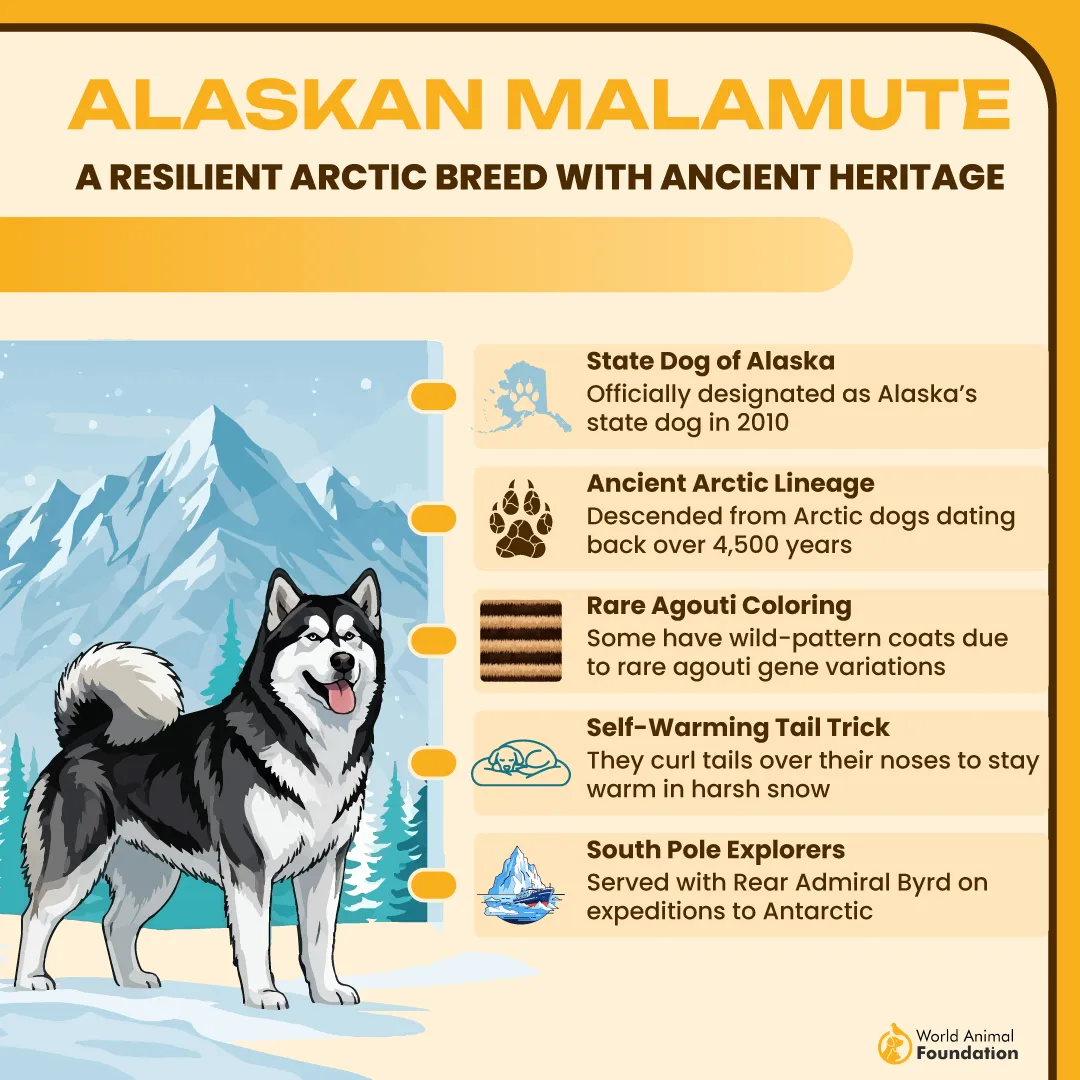
Snowy-Weather Strengths in Daily Life
• Exceptional pulling strength for winter sports
• Top-tier endurance in frigid wind
• Stable footing on slick and frozen surfaces
• Calm confidence during storms
Care Requirements for Cold Temperatures
• Consistent brushing to remove loose undercoat
• Nutrient-rich diet for winter energy demands
• Close monitoring during long exertion
• Paw balm in icy conditions
A Malamute fits beautifully with cold-region families who enjoy steady, powerful companionship outdoors. They do well with humans who appreciate a dependable winter partner and understand how much purpose this breed needs.
What surprises many is their gentle, almost soft-hearted nature, contrasting their imposing appearance. Malamutes bond deeply with their families and communicate in subtle ways, showing a mix of sensitivity, humor, and incredible loyalty.
3. Samoyed
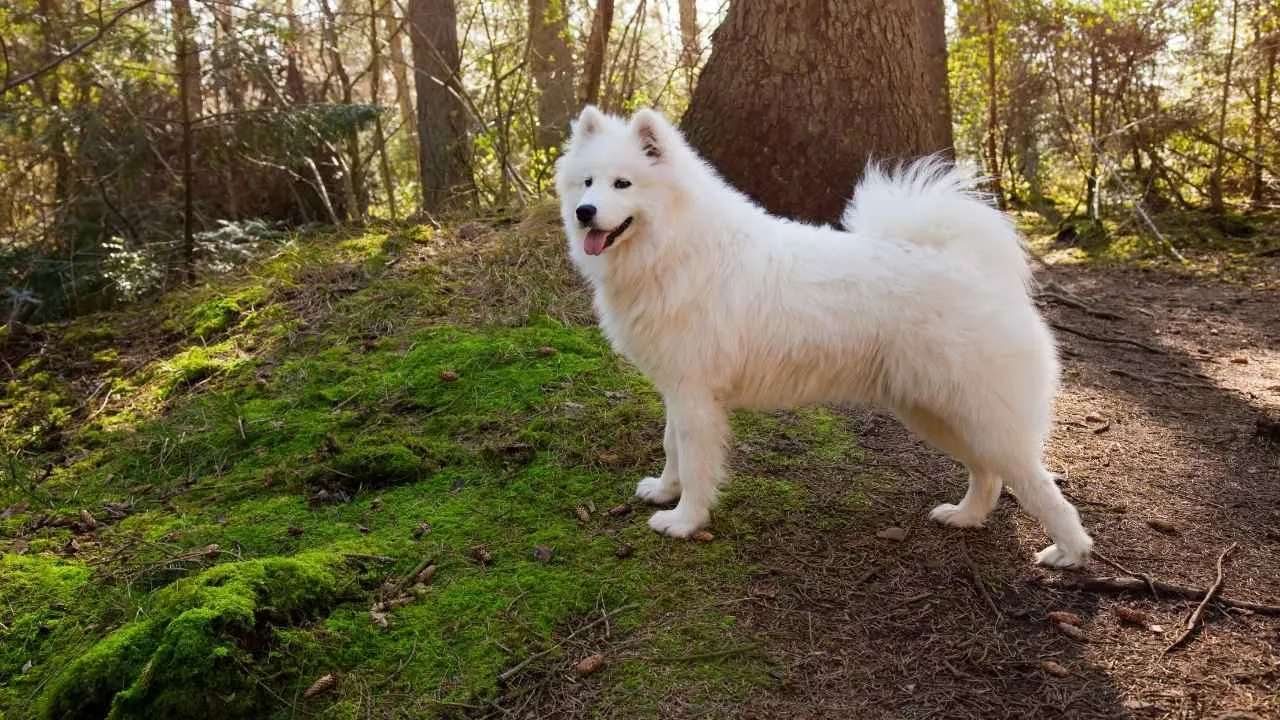
Samoyeds wear what looks like a cloud of snow, yet their coat is a technical masterpiece: hollow hairs trap warmth, and their bright, reflective outer layer shields against frost. Their natural smile, formed by slightly upturned lips, isn’t just charming—it minimizes drool freezing in cold air.
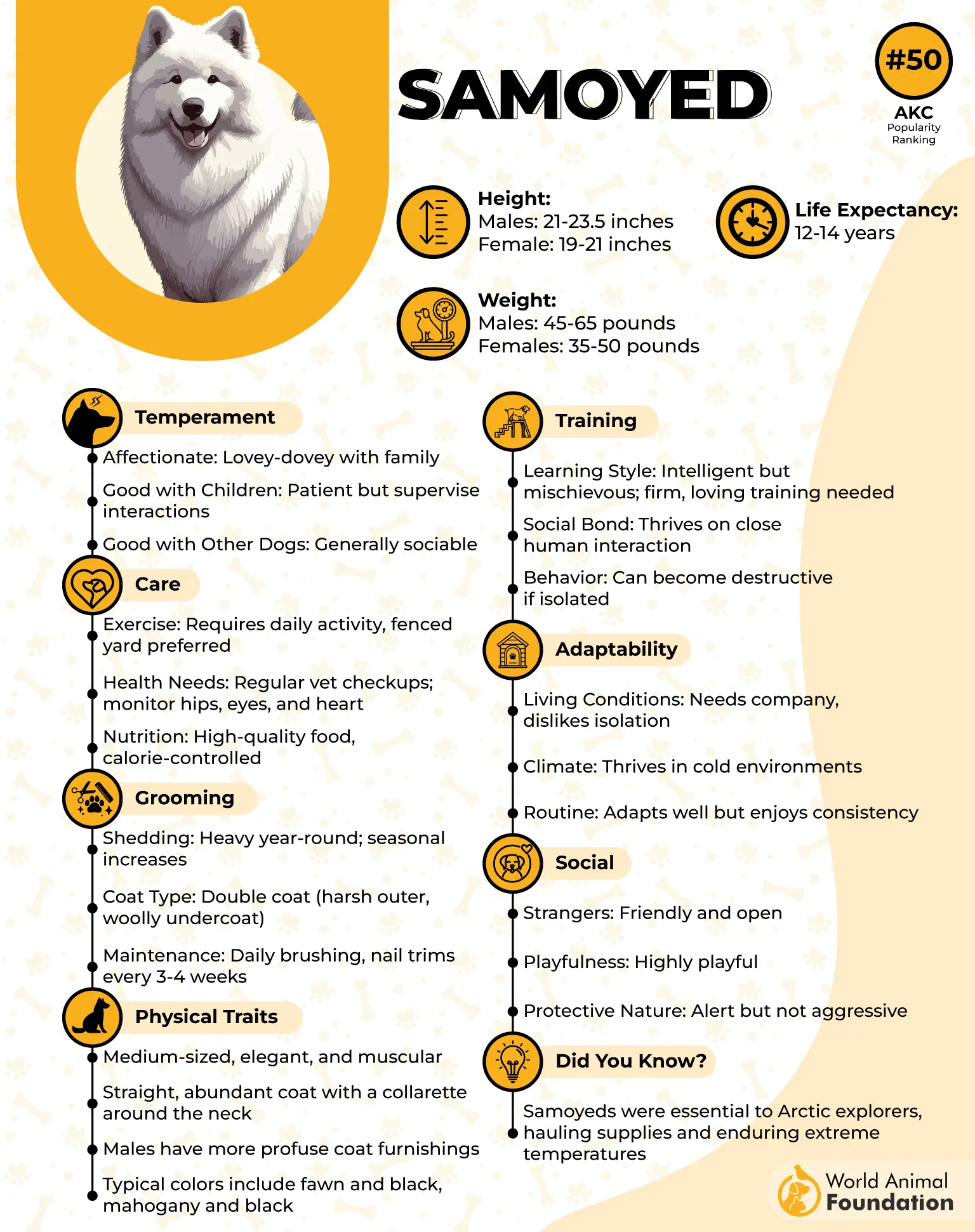
Britannica notes that originating among reindeer herders of the Far North, Samoyeds worked tirelessly in the cold, driving herds and alerting communities to danger. They lived closely with people, building a reputation for reliability, warmth, and protective alertness.
Snowy-Weather Strengths in Daily Life
• Cheerful energy during winter exercise
• Exceptional insulation for low temperatures
• Natural awareness of icy footing
• Strong herding instincts that translate well outdoors
Care Requirements for Freezing Climates
• Daily brushing to manage shedding
• Attention to snow buildup behind ears and legs
• Sufficient winter hydration
• Structured activity to prevent boredom
A Samoyed thrives with families who combine outdoor winter fun with calm indoor companionship. They enjoy snow games, gentle exploration, and tasks that let them think as much as move.
People often underestimate how intelligent and strong-willed Samoyeds can be beneath their angelic appearance. They possess a spirited personality, a touch of stubbornness, and a knack for keeping spirits high even on stormy winter days.
4. Bernese Mountain Dog
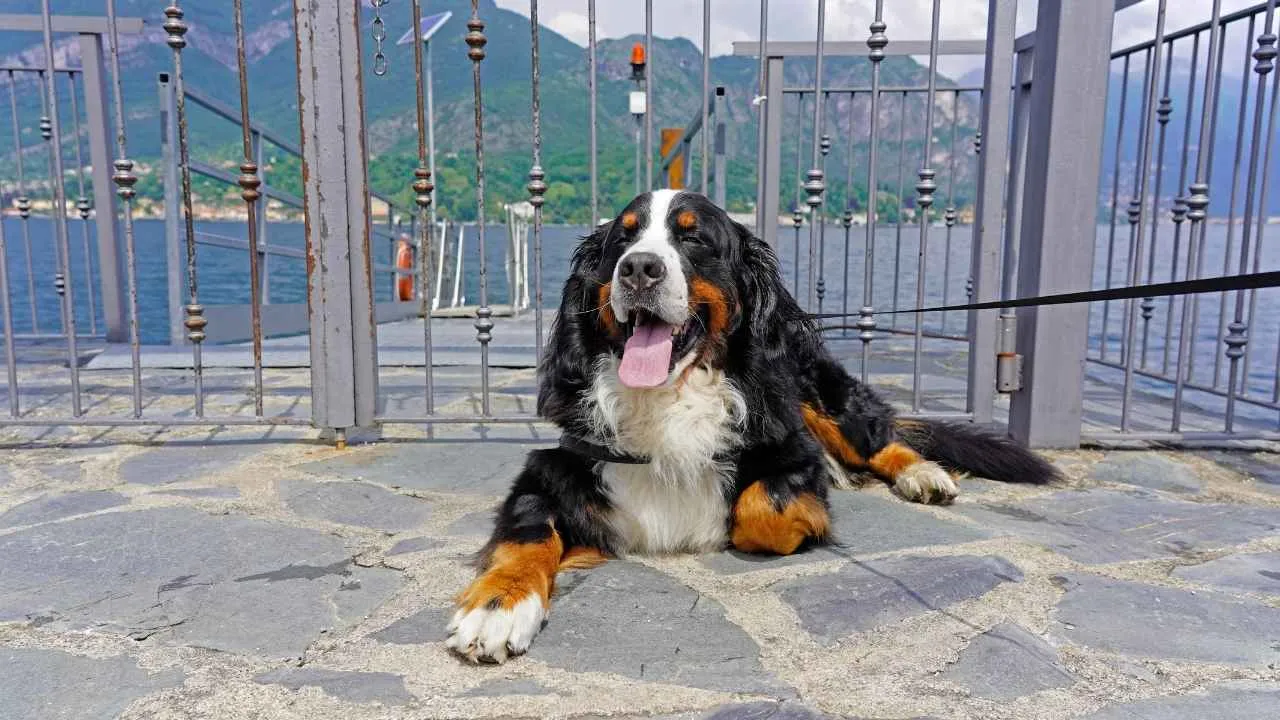
The Bernese Mountain Dog stands firm in winter thanks to its long, weather-resistant coat and deep chest that supports powerful oxygen flow in cold air. Their stocky build and steady gait allow them to move confidently across snowy hillsides without losing balance or warmth.
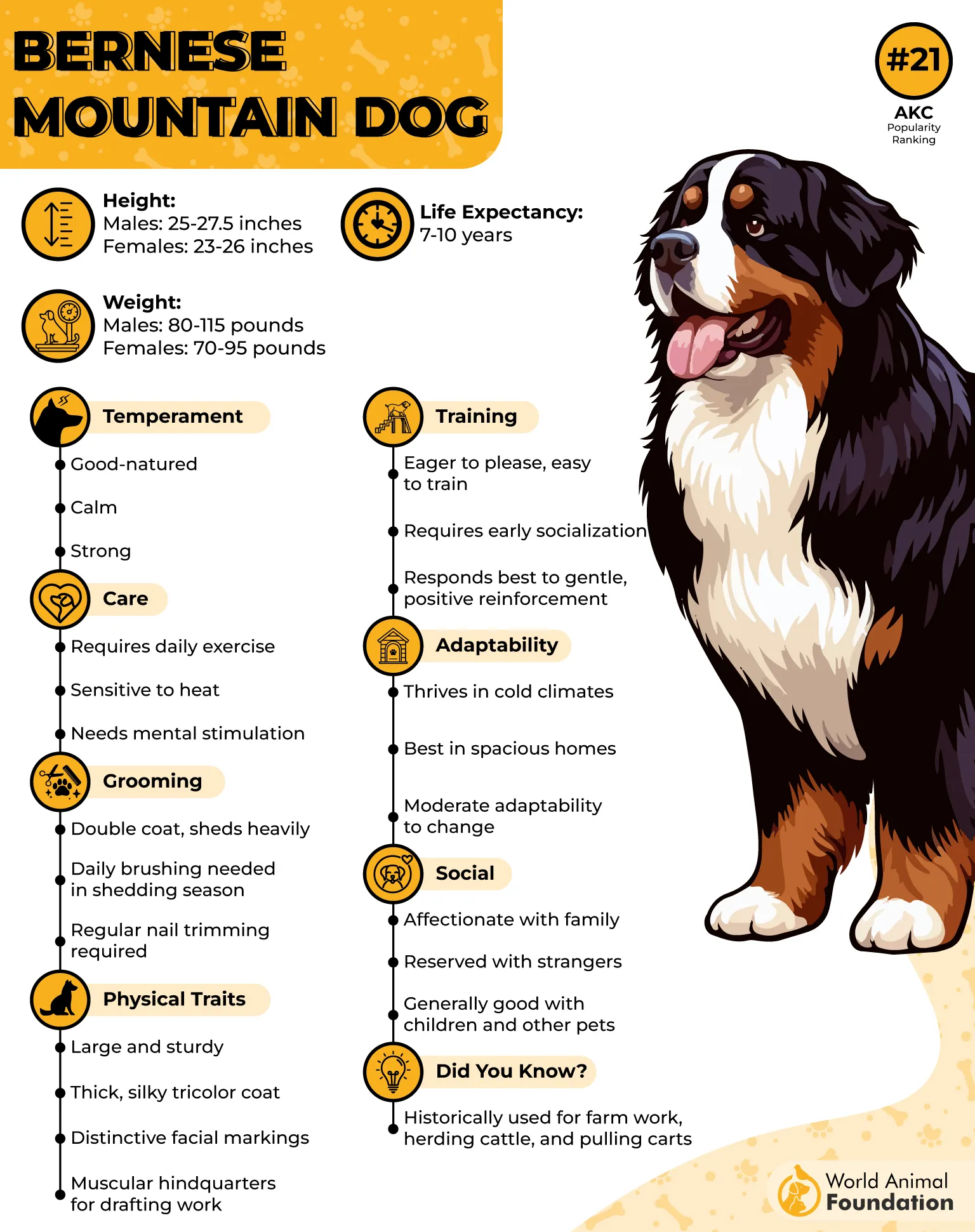
Developed in the Swiss Alps, these dogs once helped farmers transport goods and guard rural homesteads. Their strength, patience, and calmness evolved from working on steep slopes and cold pastures year-round.
Snowy-Weather Strengths in Daily Life
• Reliable traction on icy terrain
• Comfort during long winter walks
• Balanced temperament for snowy environments
• Strong pulling and carrying ability
Care Requirements for Freezing Climates
• Thorough brushing to prevent moisture trapping
• Gentle paw inspection after snow play
• Moderate winter exercise for joint comfort
• Proper nutrition to support muscle strength
A Bernese Mountain Dog suits families craving a calm winter companion who appreciates cozy evenings as much as snowy afternoons. They bond strongly with people and enjoy routines combining warmth, affection, and gentle outdoor exploration.
What most don’t expect is their emotional depth and awareness; this breed senses mood shifts with uncanny precision. Their affectionate nature pairs beautifully with the serenity of snowy landscapes, making them unforgettable companions.
5. Great Pyrenees

The Great Pyrenees seems carved from the winter mountains they were bred to protect, equipped with a thick double coat and large, insulating paws. Their calm eyes and deliberate movements show confidence in cold climates, and their sheer size protects them from harsh weather.’
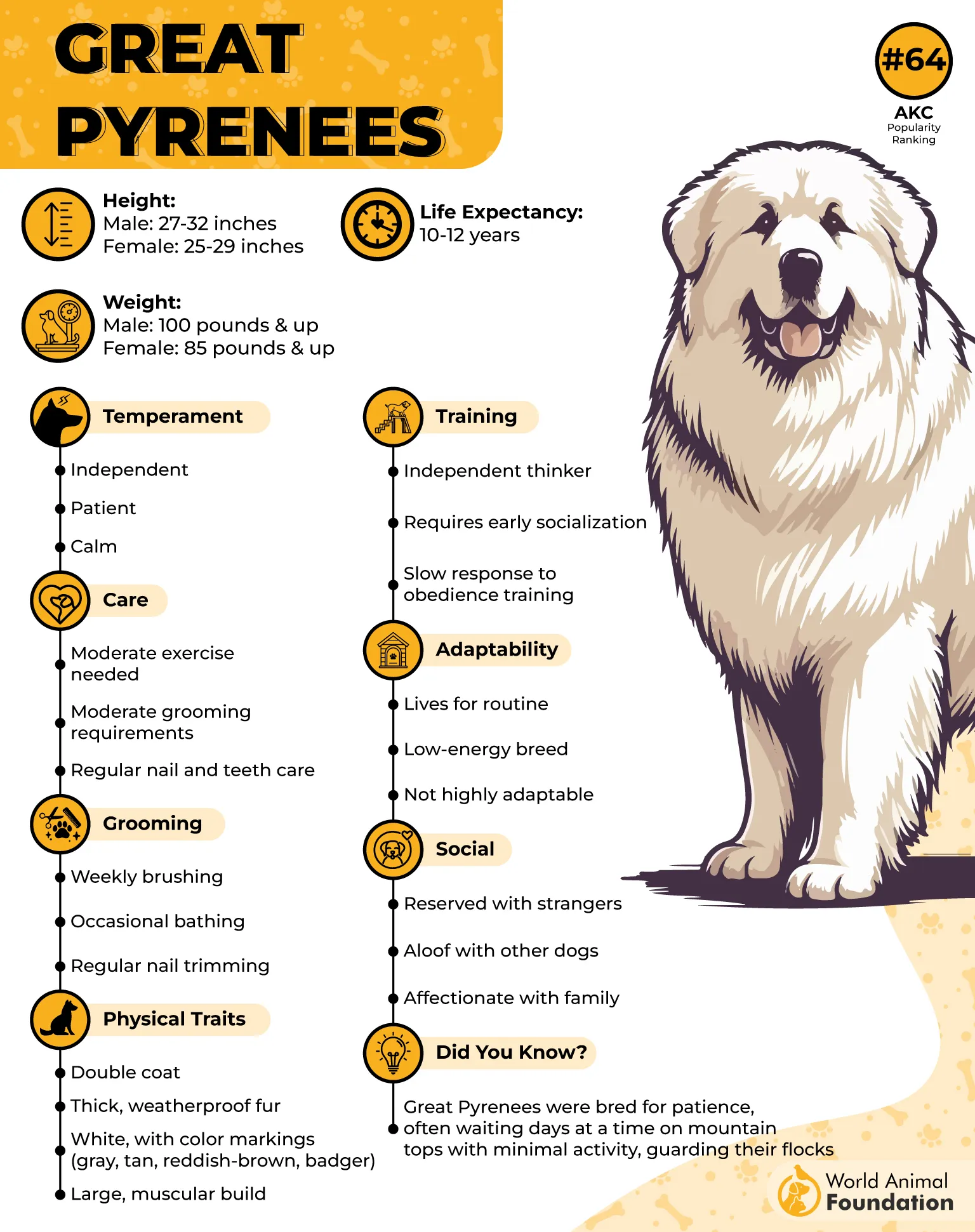
Historically, they guarded livestock across frigid Pyrenees mountain passes, working independently without constant human direction. Years of watching over flocks in snowy wilderness shaped their courage and decision-making instincts.
Snowy-Weather Strengths in Daily Life
• Strong protective presence outdoors
• Comfort in frigid winds and heavy snowfall
• Impressive stamina during winter patrols
• Quiet alertness in low-visibility weather
Care Requirements for Freezing Climates
• Regular coat checks for snowballing
• Steady brushing during shedding seasons
• Structured boundaries to prevent wandering
• Secure fencing in rural snowy areas
This breed thrives with individuals who appreciate tranquility, wide-open cold-weather spaces, and a loyal companion who embraces winter serenity. Their calm confidence suits snowy homesteads and spacious properties perfectly.
PetMD reveals that what often amazes new owners is how gentle such a massive dog can be, offering soft affection and steadfast loyalty. Their presence brings a sense of peace, mirroring the quiet beauty of winter landscapes.
6. Tibetan Mastiff
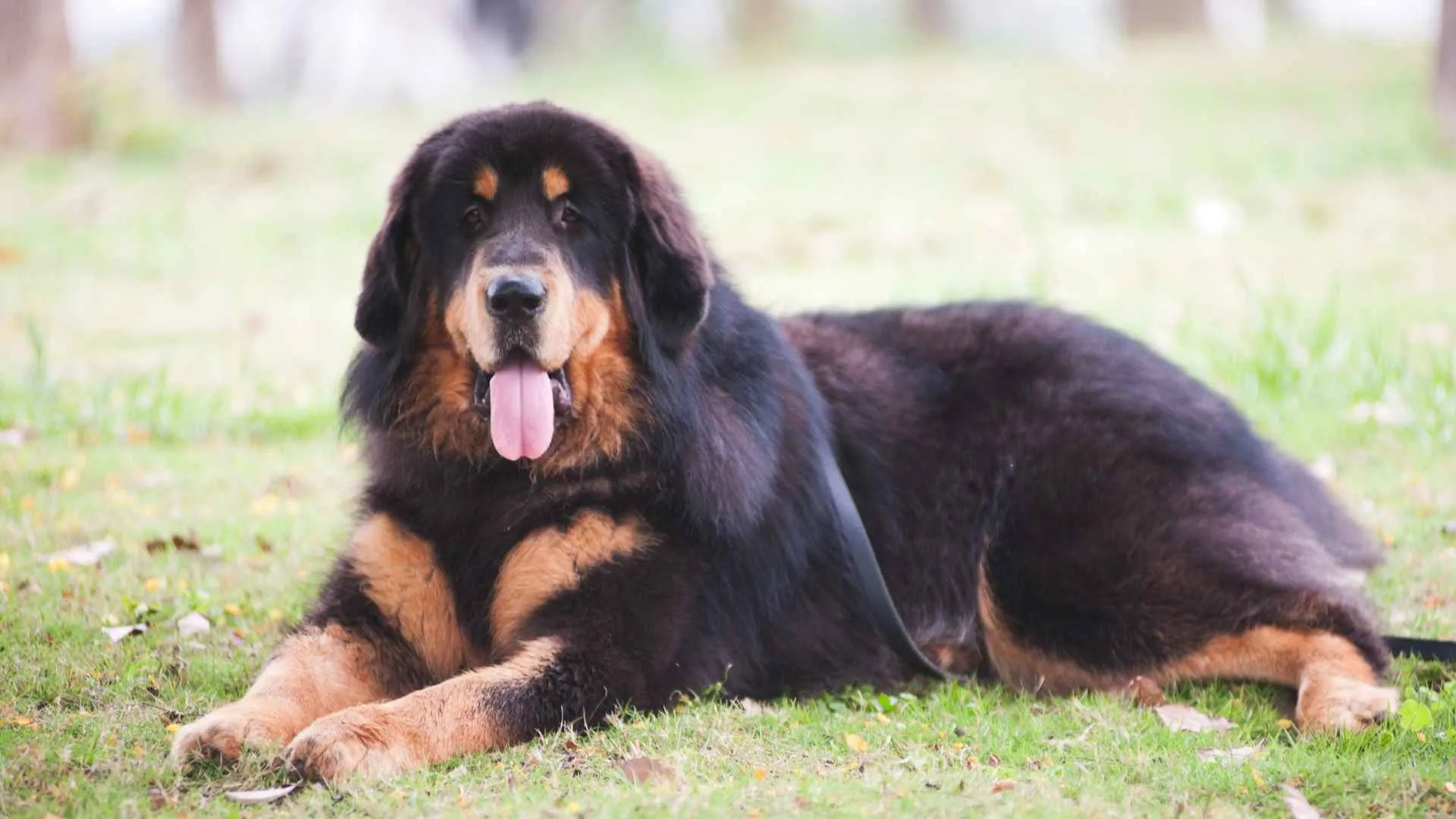
The Tibetan Mastiff brings an impressive winter-ready coat with thick, wool-like insulation that keeps icy winds at bay. Their heavy mane shields the neck and face, and their large frame maintains warmth even in relentless cold.
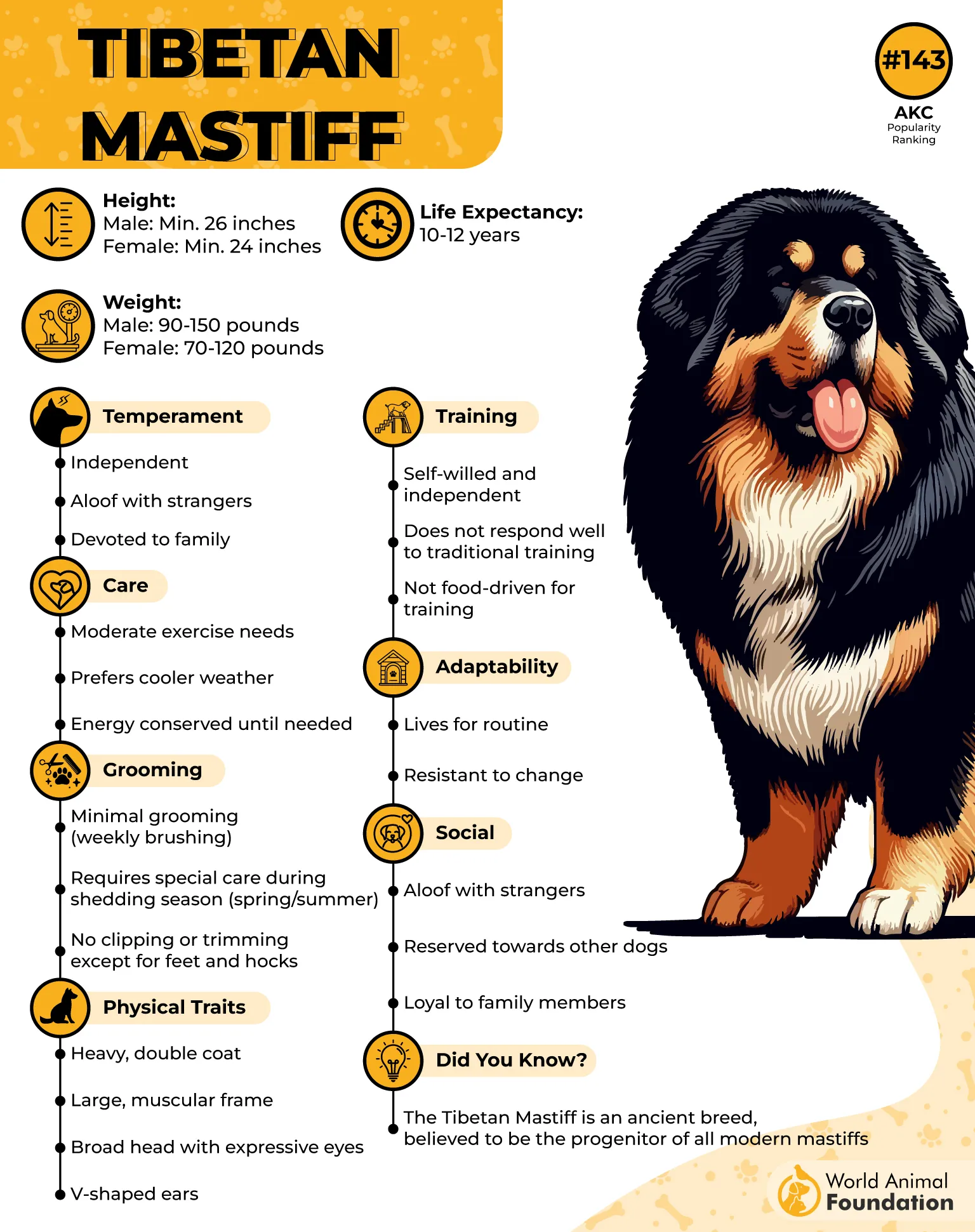
Born in high-altitude regions with freezing nights, these dogs originally protected livestock and monasteries. Their instincts developed in isolated, snowy terrain, where sharp judgment and an unshakable protective nature were essential.
Snowy-Weather Strengths in Daily Life
• High tolerance for extreme cold
• Strong territorial awareness in winter settings
• Slow, steady movement across rugged snow
• Confidence during nighttime winter conditions
Care Requirements for Freezing Climates
• Professional grooming to manage dense fur
• Winter-safe outdoor spaces with secure boundaries
• Joint support for large-breed movement in ice
• Clear routines to maintain mental structure
The Tibetan Mastiff fits best with experienced owners who enjoy quiet winter landscapes and value a guardian steeped in ancient instincts. They flourish when given space, independence, and consistent expectations.
A striking trait many people discover is their nighttime activity cycle, often becoming most alert after dusk. Combined with their deep loyalty and keen intelligence, they stand out as remarkable winter companions.
7. Akita
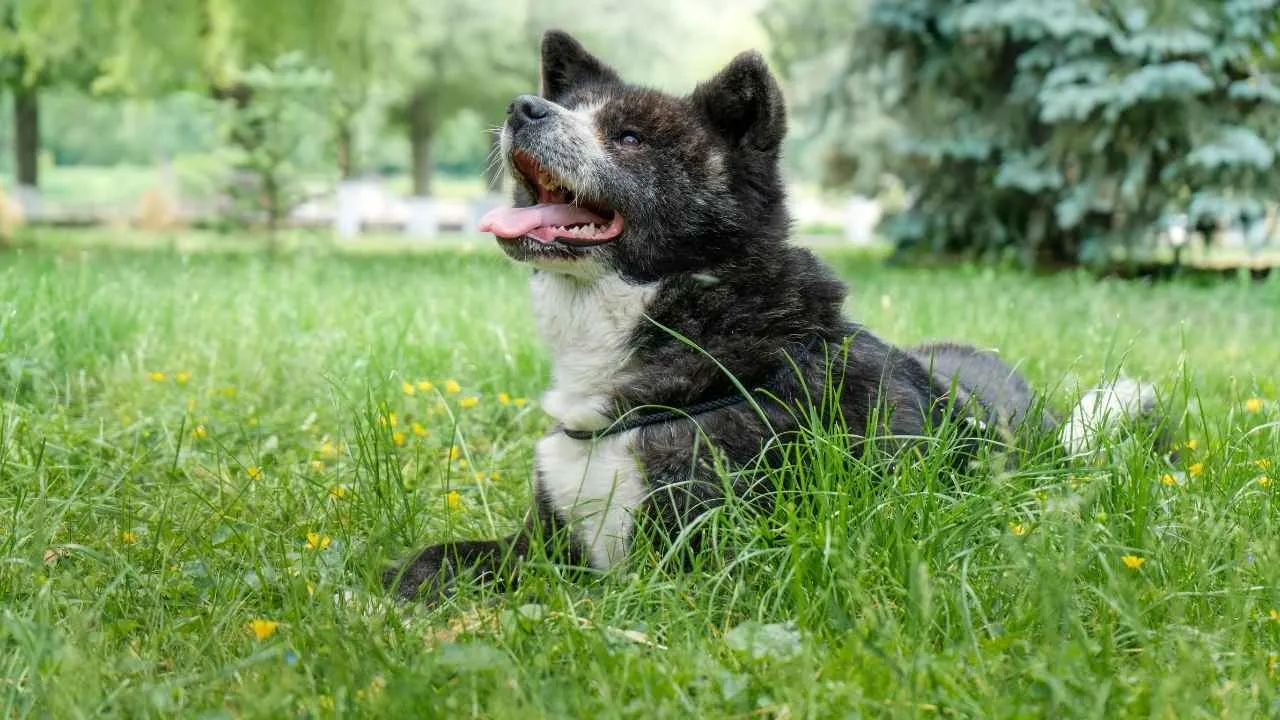
The Akita carries a thick double coat built to repel snow and trap warmth, supported by a sturdy physique well-suited for colder climates. Their upright ears protect hearing in windy weather, and their tightly curled tail doubles as a warming shield during rest.
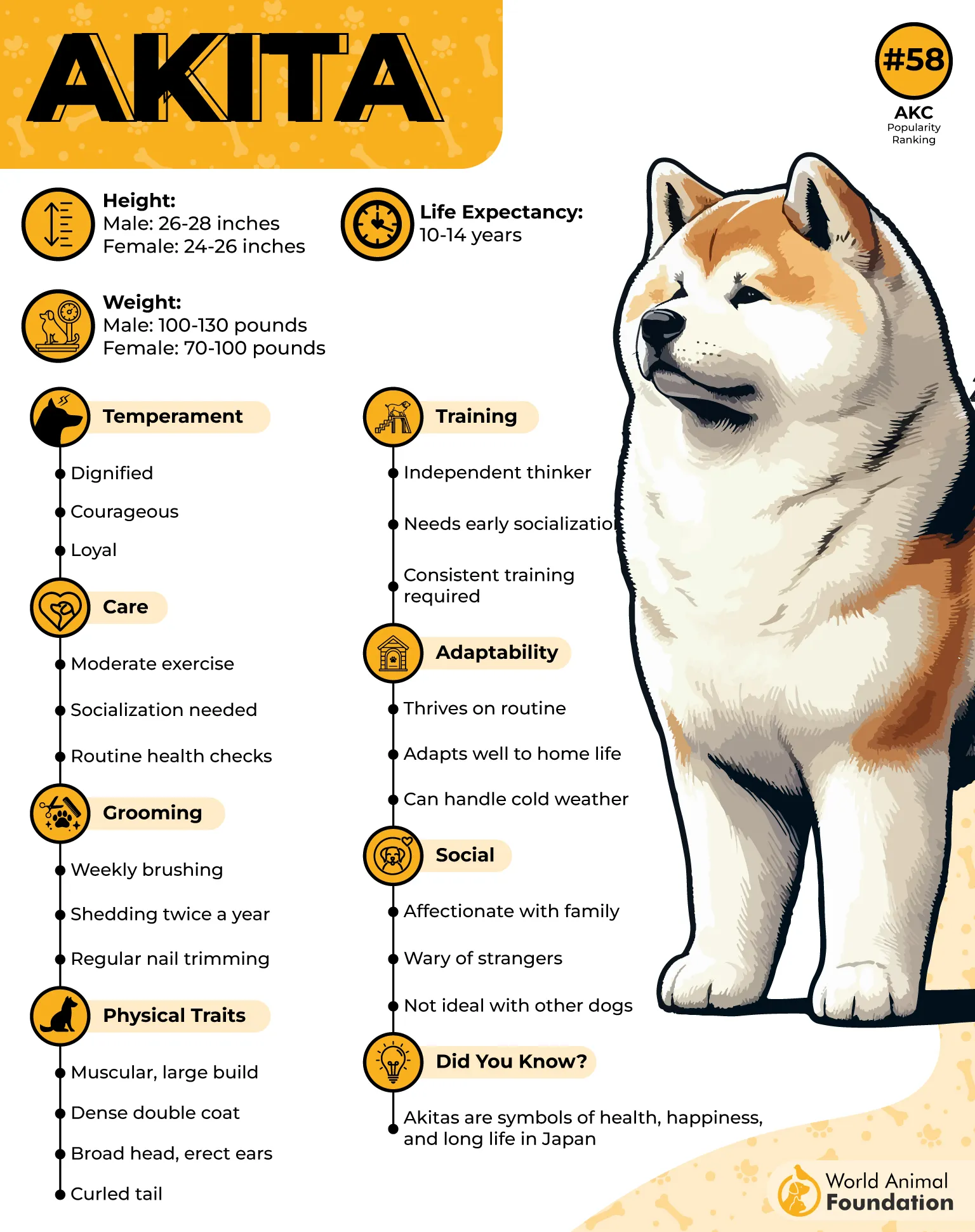
Originally from snowy northern regions, Akitas were valued as hunters and guardians for families in cold environments. Their bravery and dedication earned them a strong cultural reputation as protectors in winter landscapes.
Snowy-Weather Strengths in Daily Life
• Calm resilience during storms
• Powerful stride across frozen ground
• Natural vigilance in winter darkness
• Confidence during long cold-weather walks
Care Requirements for Freezing Climates
• Routine coat brushing during seasonal shedding
• Attention to paw dryness in icy weather
• Balanced winter diet for optimal fitness
• Structured training for strong-willed behavior
Akitas match well with owners drawn to bold, dignified companions who enjoy winter outings. They do best with consistent routines and a home where loyalty and stability are valued.
What often surprises people is their remarkable sensitivity beneath their imposing exterior. They form deep bonds with their families and combine quiet strength with a thoughtful, observant nature.
8. Norwegian Elkhound
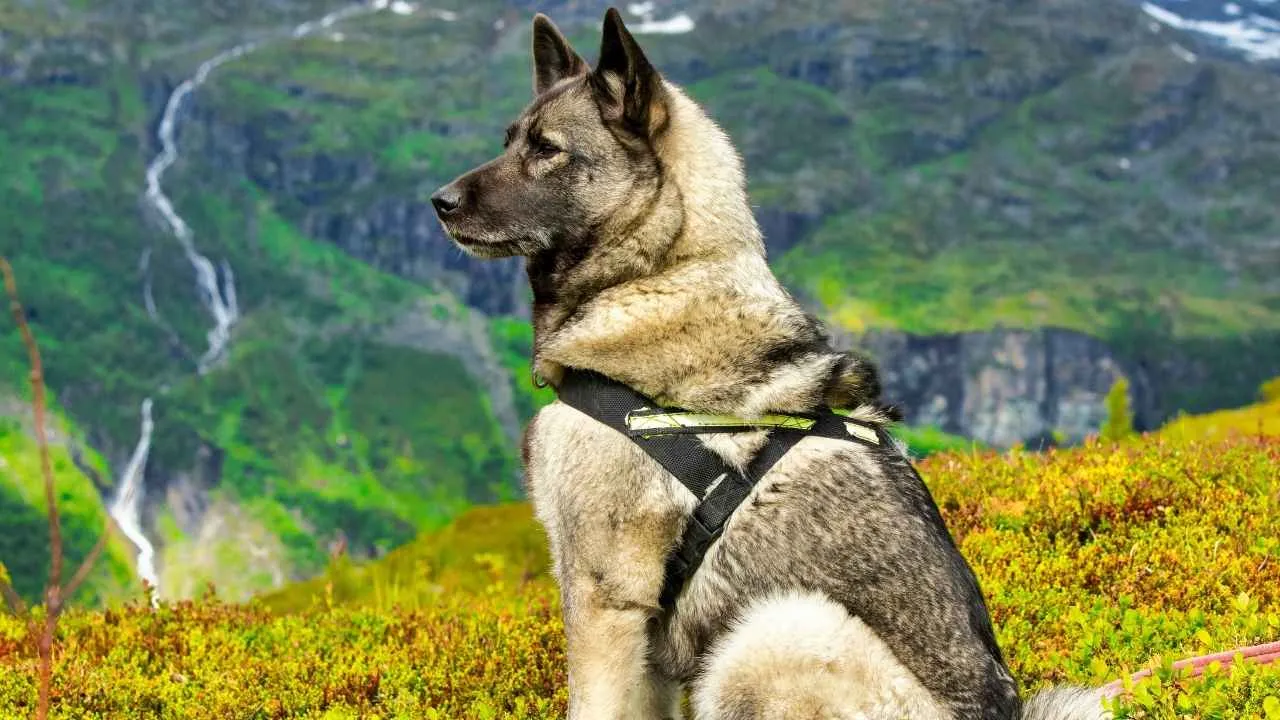
The Norwegian Elkhound thrives in cold climates thanks to its sturdy build, waterproof coat, and compact size that retains warmth efficiently. Their keen senses stay sharp even in snowy conditions, allowing them to navigate winter landscapes with ease.
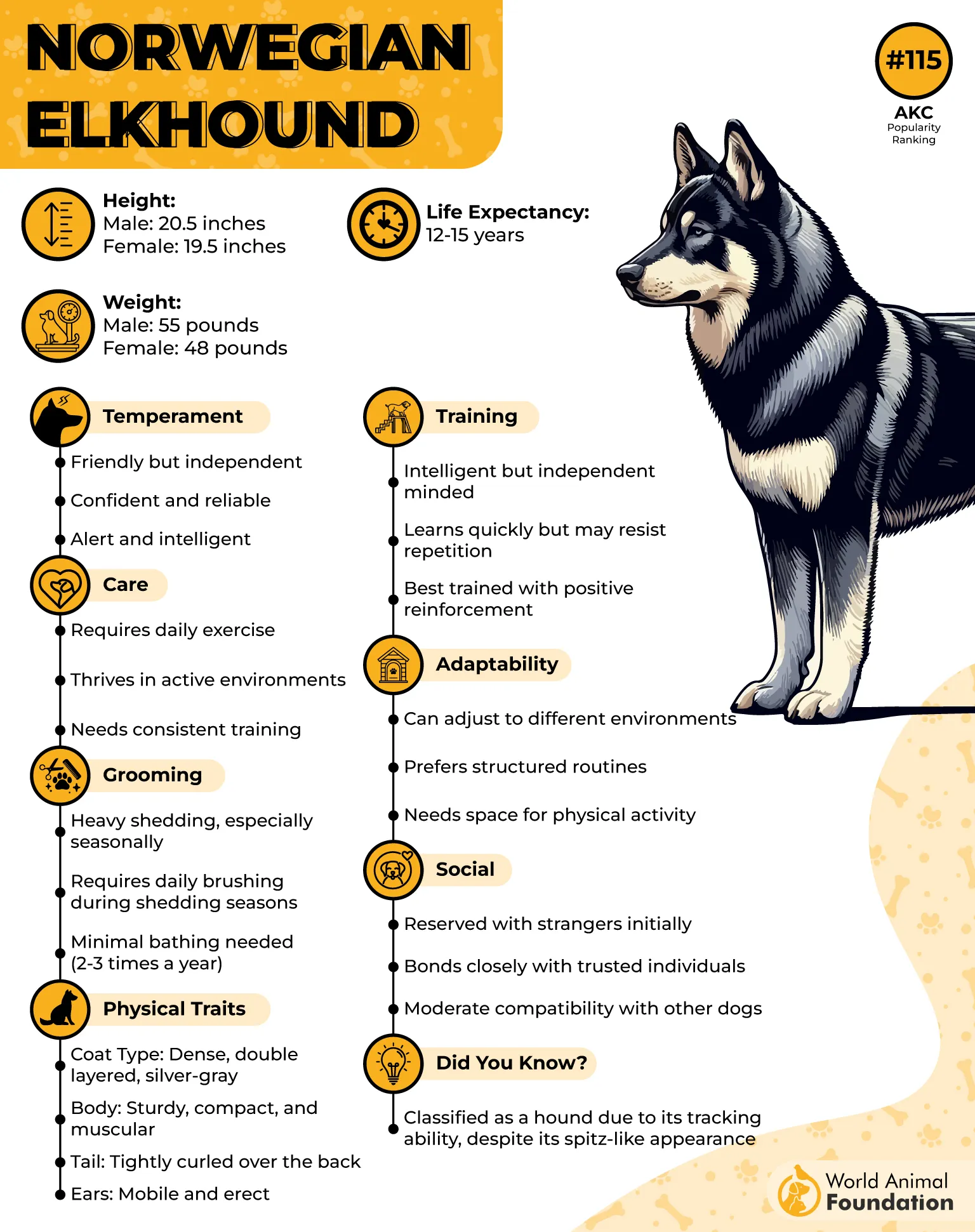
This breed descends from ancient Scandinavian hunting dogs that worked in rugged, icy forests. They pursued the game through deep snow, relying on sharp instincts and remarkable endurance.
Snowy-Weather Strengths in Daily Life
• Excellent agility in frozen terrain
• High stamina for winter adventures
• Strong alertness in low-visibility snow
• Confident movement over slippery ground
Care Requirements for Freezing Climates
• Frequent brushing to maintain coat quality
• Warm-up periods before intense activity
• Regular hydration during winter play
• Safe, stimulating outdoor spaces
A Norwegian Elkhound is a great match for families who appreciate an energetic winter companion capable of keeping up with snowy hikes. They enjoy interactive routines, exploration, and a lifestyle full of movement.
One surprising trait is their expressive voice; they communicate through varied vocal tones that can be both charming and entertaining. Their mix of bravery, curiosity, and loyalty makes them unforgettable in any cold-weather household.
9. Keeshond

The Keeshond wears a plush double coat with thick fur that repels moisture and insulates well against winter chill. Their fox-like expression and agile frame help them navigate snowy paths gracefully, and their feathered mane offers natural wind protection.
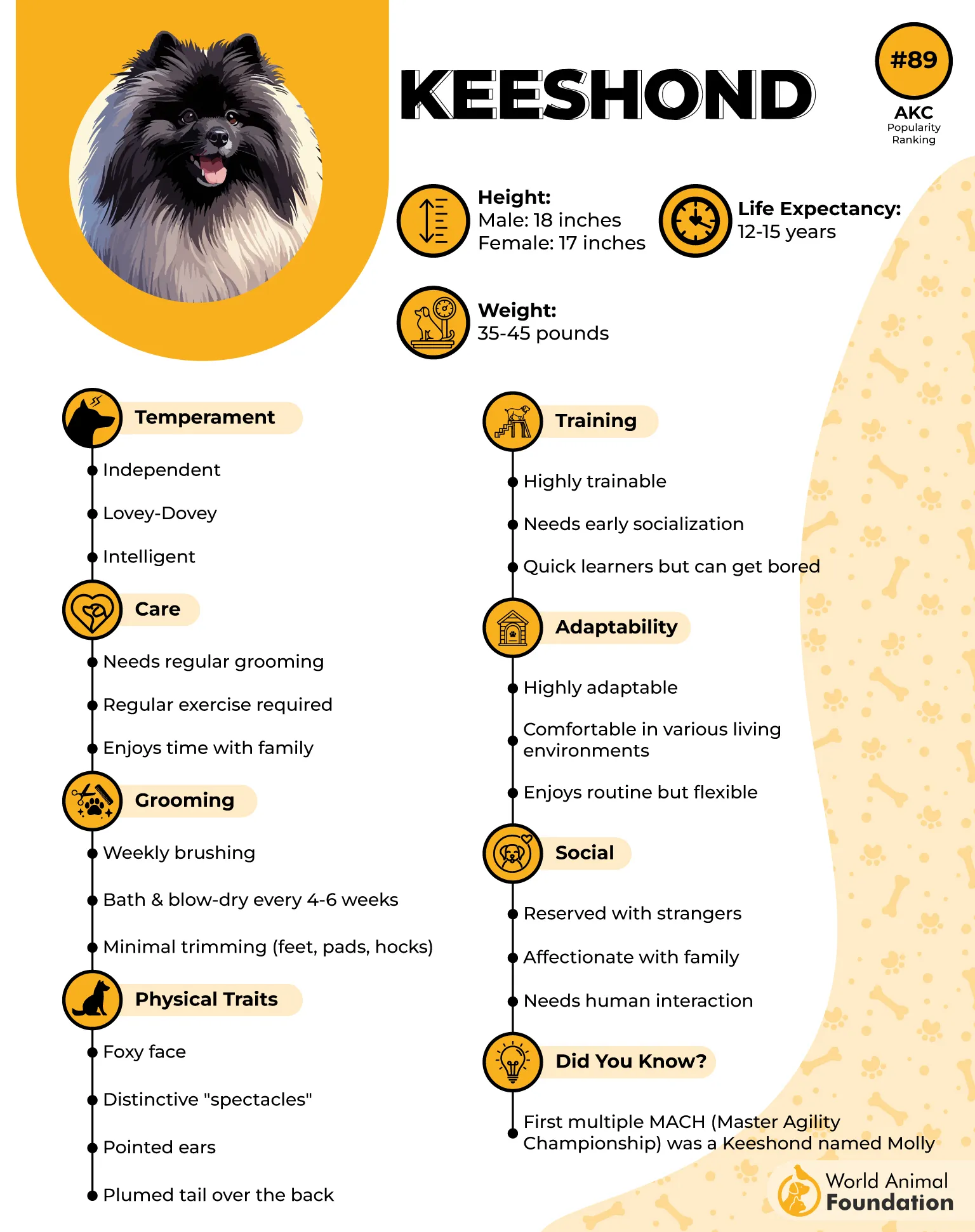
Their history includes serving as companion dogs on cold European waterways, where vigilance and adaptability were essential. They often lived on barges, braving frigid breezes while remaining close to their families.
Snowy-Weather Strengths in Daily Life
• Strong insulation from icy temperatures
• Bright alertness in snowy surroundings
• Light, nimble steps over winter terrain
• Friendly enthusiasm for outdoor fun
Care Requirements for Freezing Climates
• Regular deshedding to prevent matting
• Snow checks around neck and tail areas
• Gentle winter exercise for joint health
• Close companionship to support emotional needs
PDSA adds that Keeshonden suit families who enjoy winter outings but also cherish cozy indoor time. Their cheerful temperament brings warmth to cold months, and they bond closely with households seeking a loyal, affectionate companion.
A fun revelation for many owners is their remarkable memory, which allows them to understand routines and recognize patterns quickly. Their intelligence, warmth, and cold-weather readiness make them wonderful additions to snowy-region homes.
FAQs
What special care do snow-loving dogs need in harsh winter weather?
Snow-loving dogs often benefit from routine coat checks, especially around the paws and belly, where ice can cling. They also need proper hydration, balanced nutrition, and limited exposure during extreme wind chills to keep them comfortable and safe.
What signs show a dog is truly enjoying or struggling in the snow?
A dog enjoying winter will bounce, explore, and move confidently, showing curiosity in the snow. Struggling dogs may lift their paws repeatedly, shiver, slow down, or try to seek shelter, all of which signal it’s time to warm up.
How do snow-loving dogs cope with ice and slippery surfaces?
Many cold-weather breeds have strong muscle stability and paw structures that help them balance on icy ground. Still, pet parents can support them by keeping walks slow, choosing safe paths, and checking paws for cracks after snowy outings.
Conclusion
Snow dog breeds continue to charm pet parents with their thick coat, Nordic traits, and ability to stay warm in freezing temperatures. Some other cold-weather dogs we didn’t cover—like Saint Bernard, Chow Chows, and the American Eskimo Dog—are gentle giants with big hearts and snowy-ready spirits.
From ancient breed guardians to sled dogs racing through heavy snow, each snow dog carries a unique winter story. Many cold-weather breeds were originally bred for amazing jobs, too, from rescue dogs to herding reindeer.
If you love winter and dream of a loyal, frost-friendly friend, explore these cold-weather dog breeds and find the one who melts your heart.


